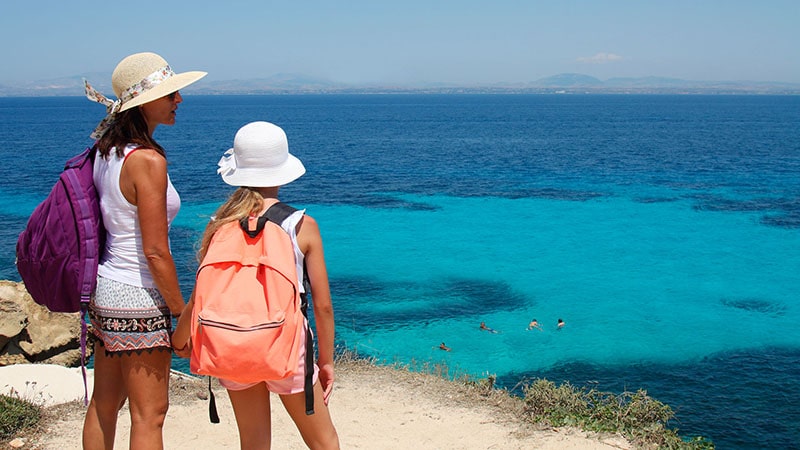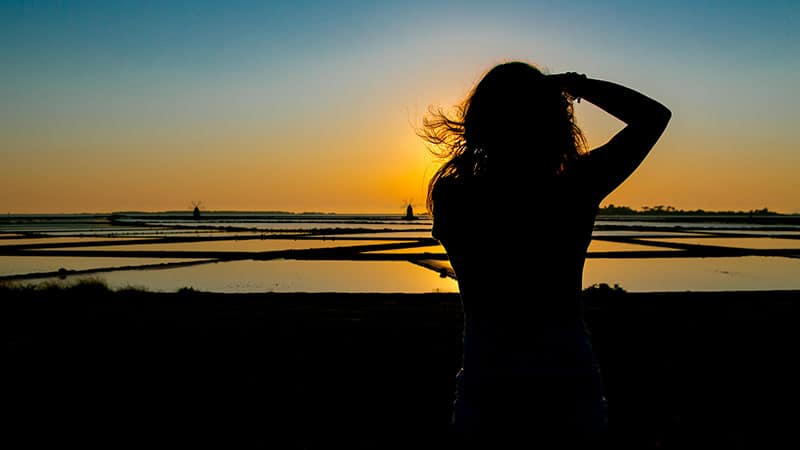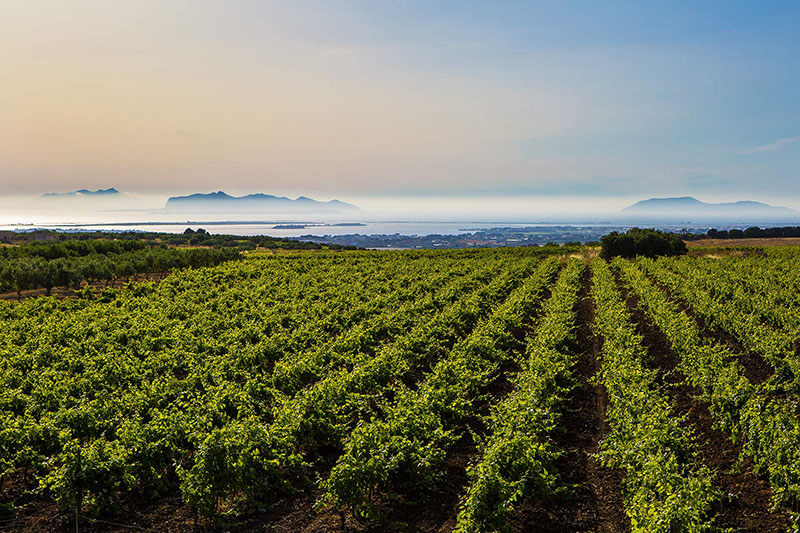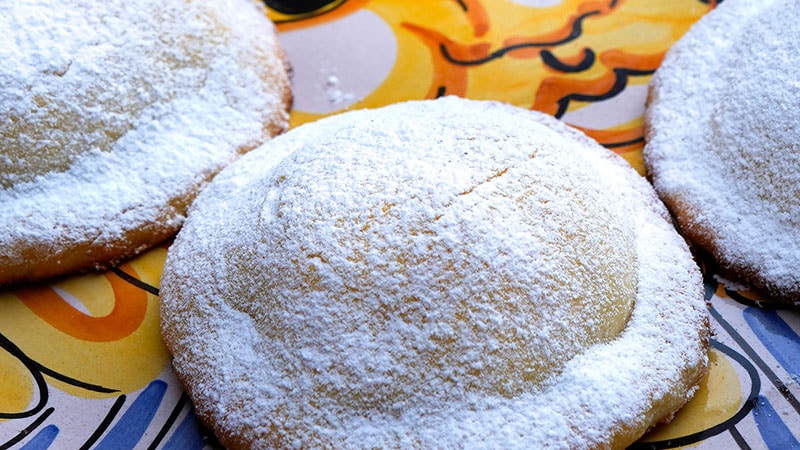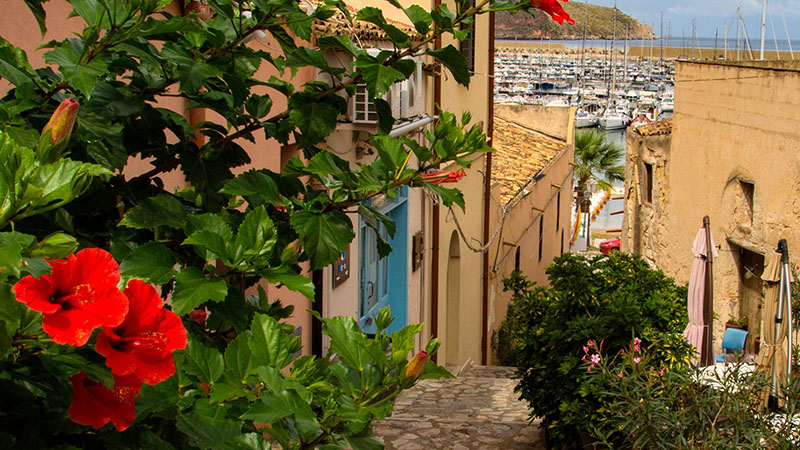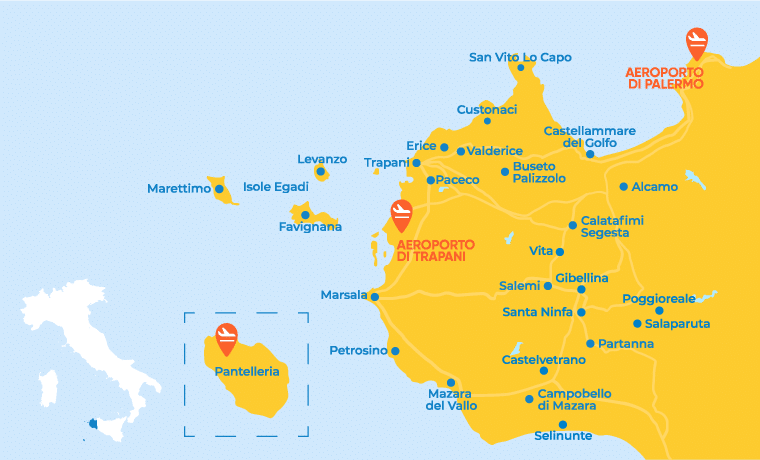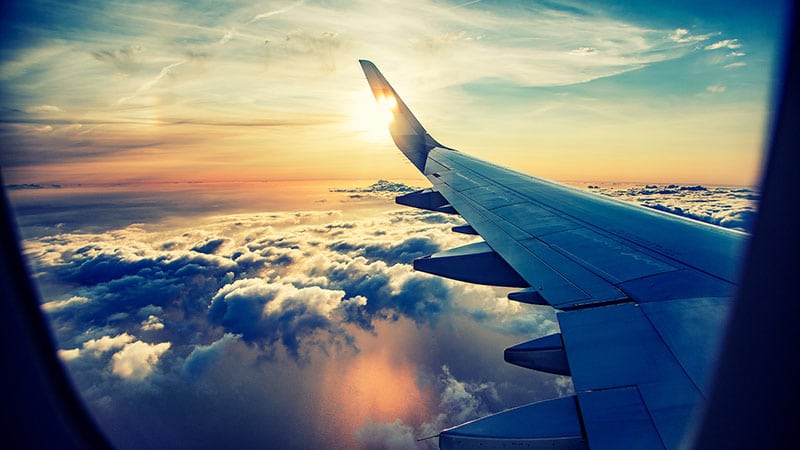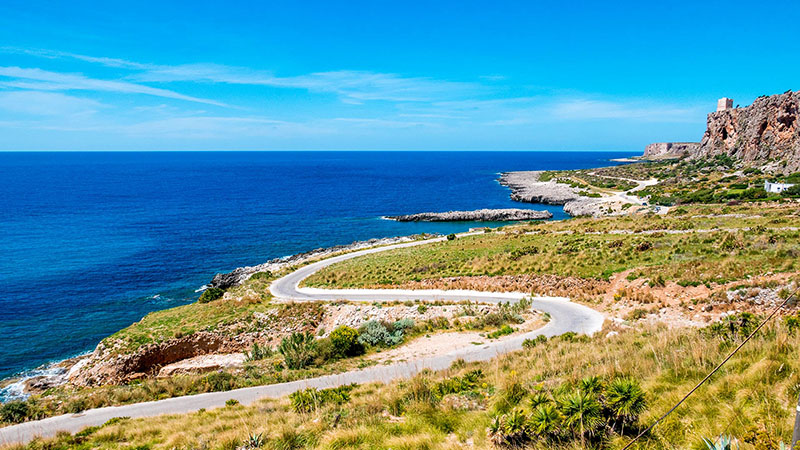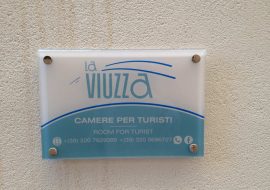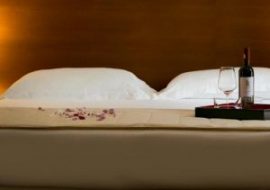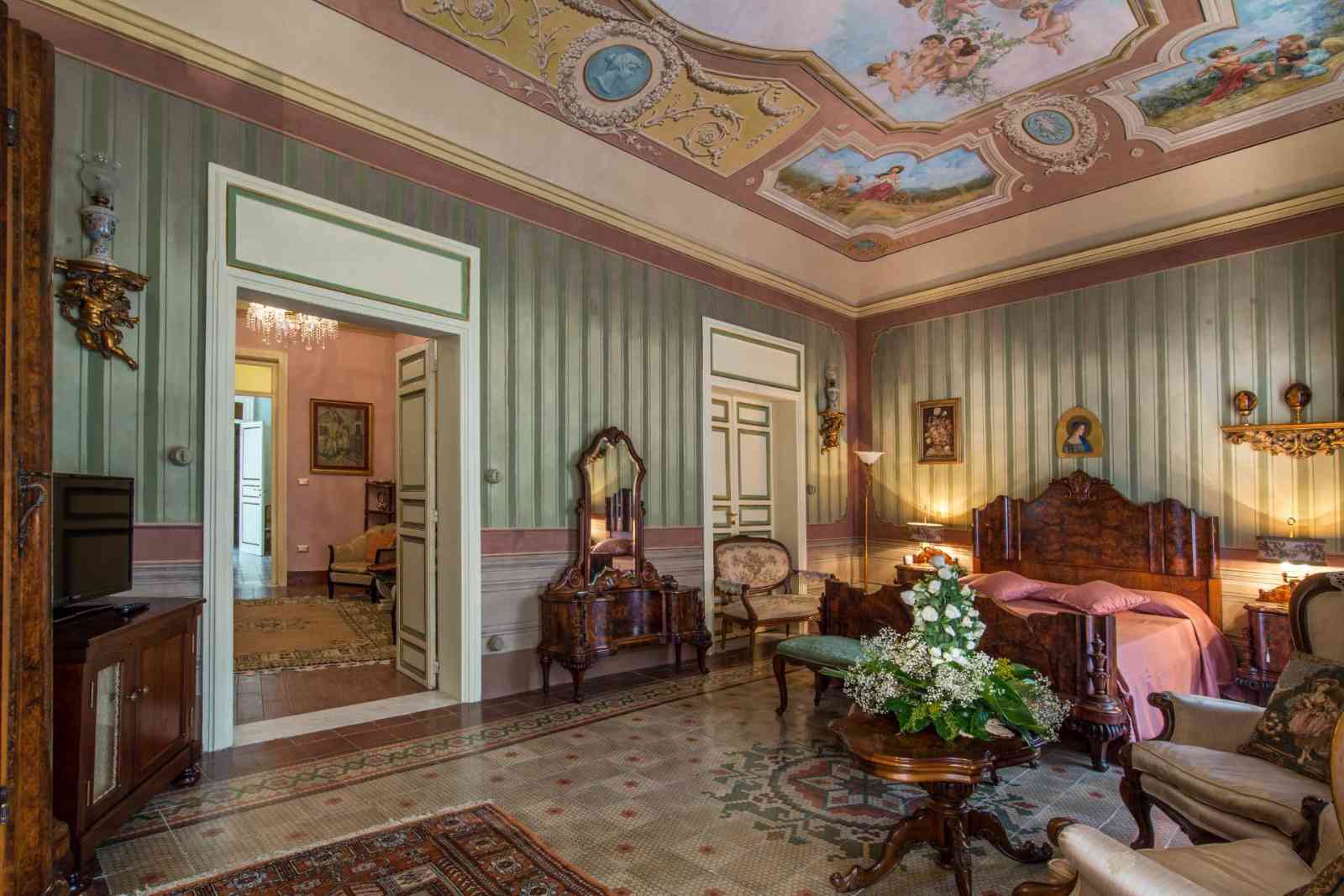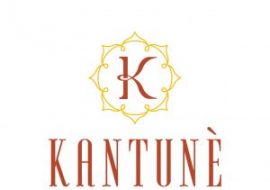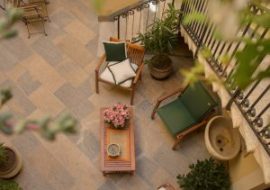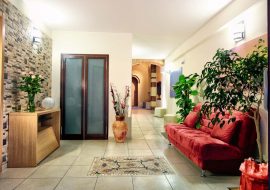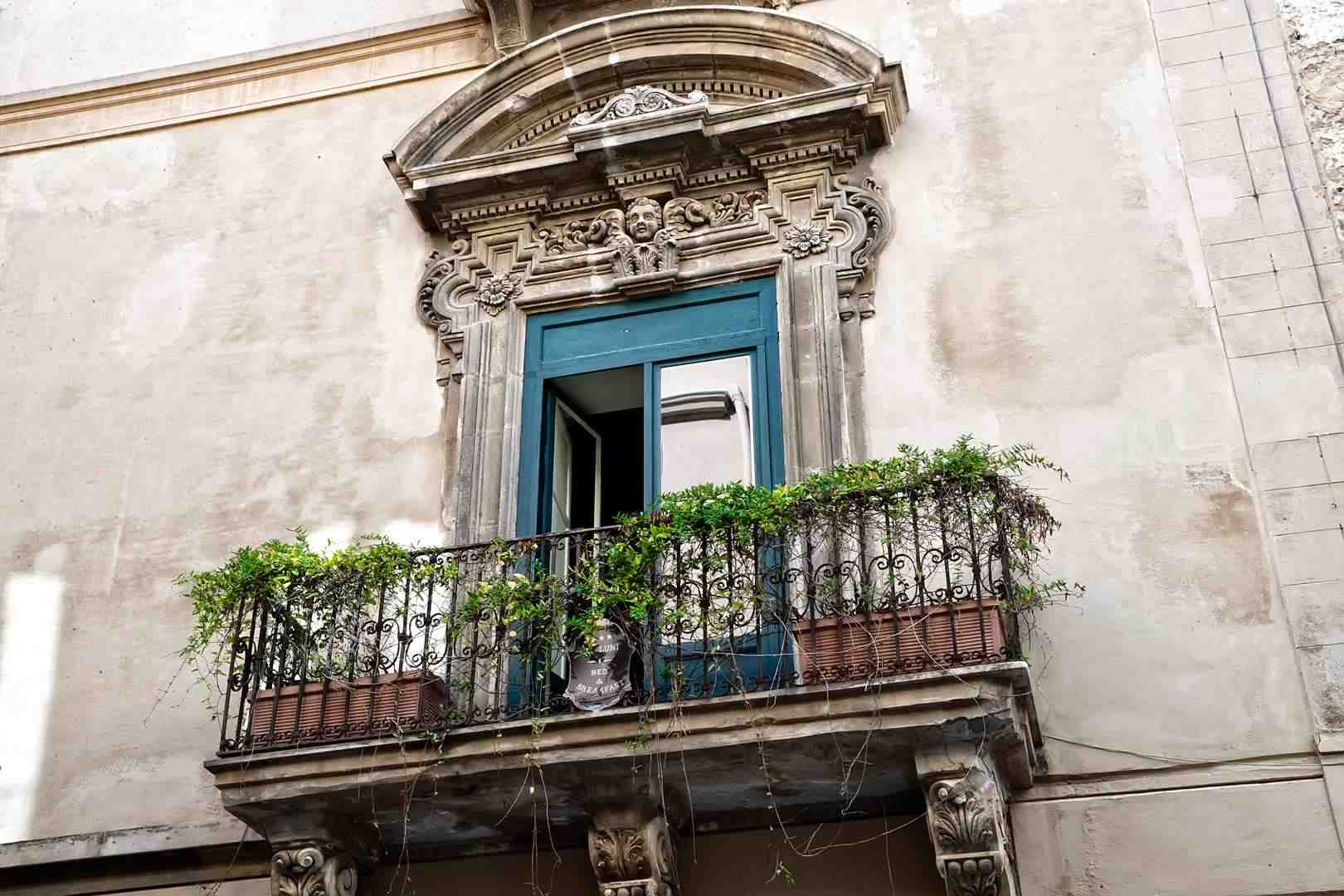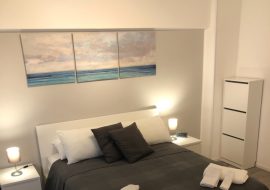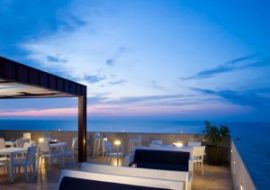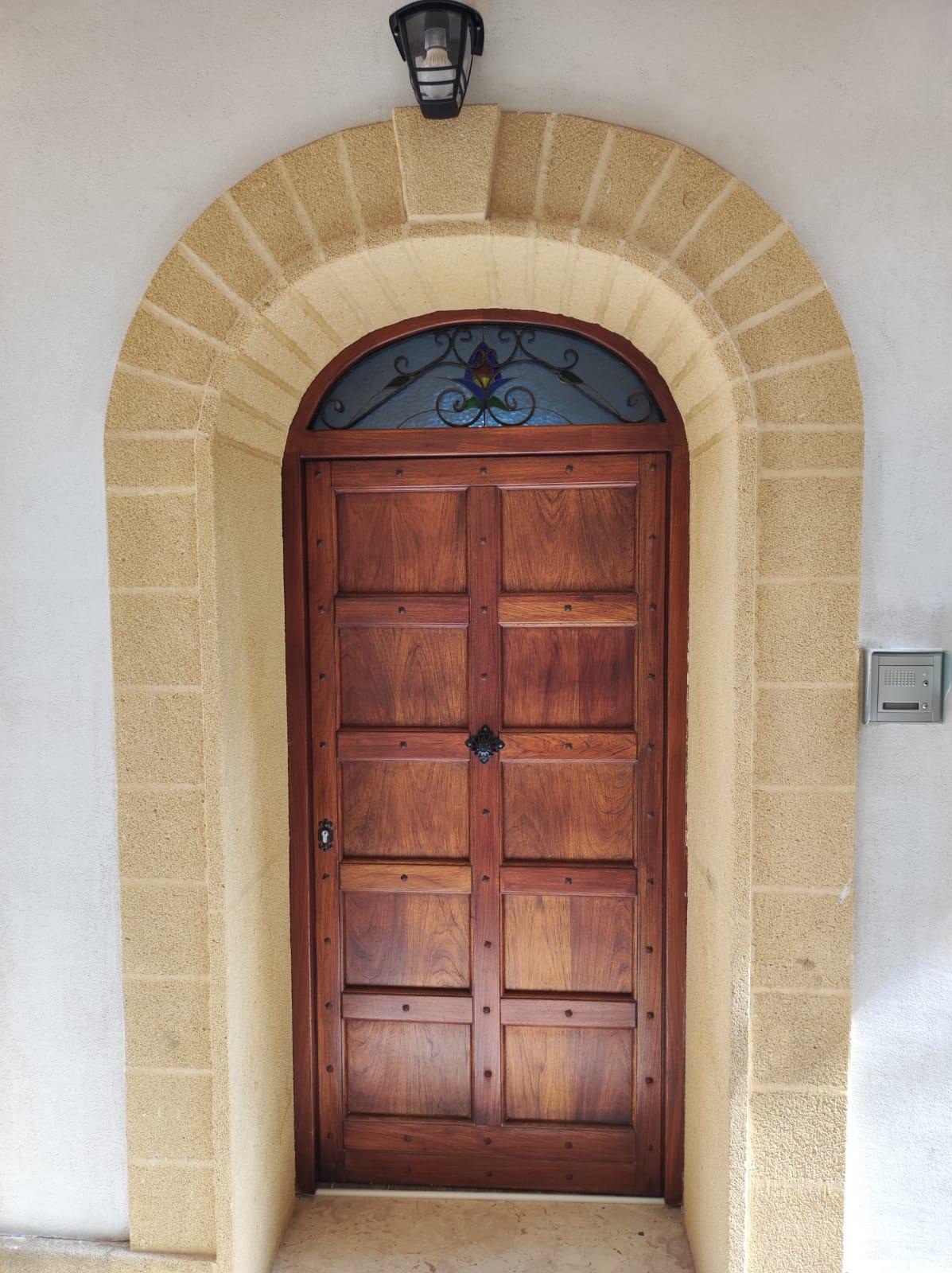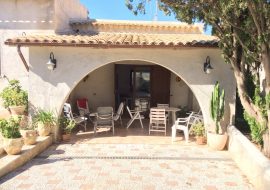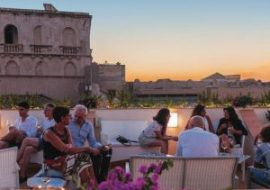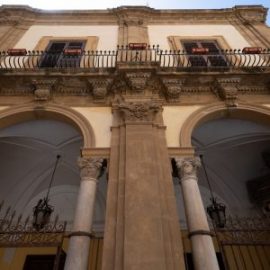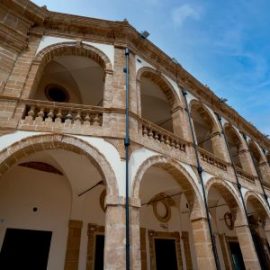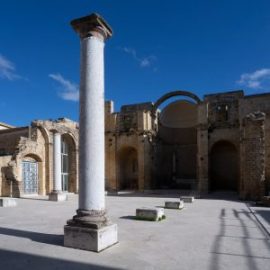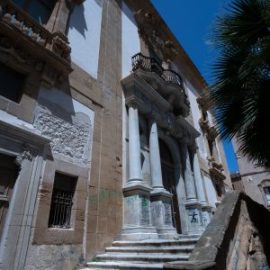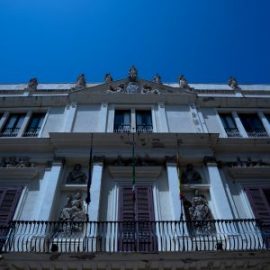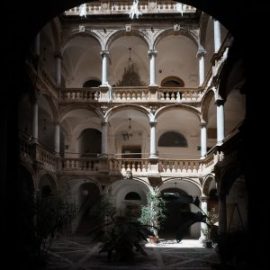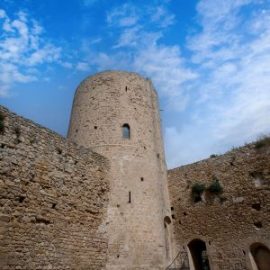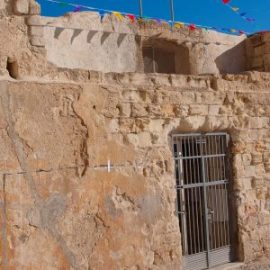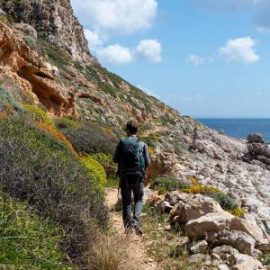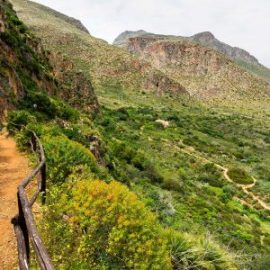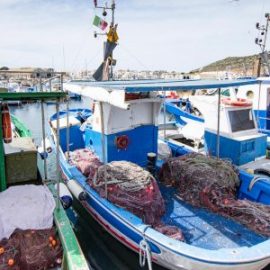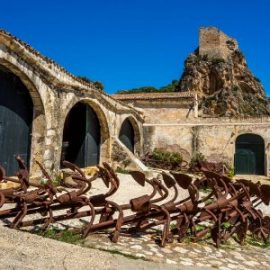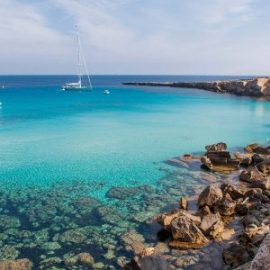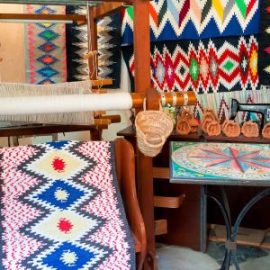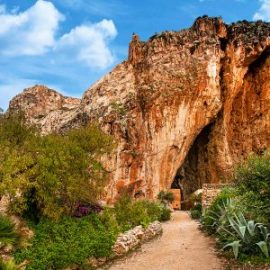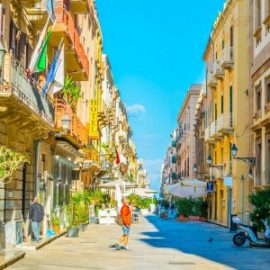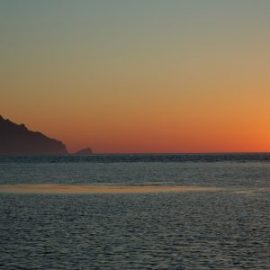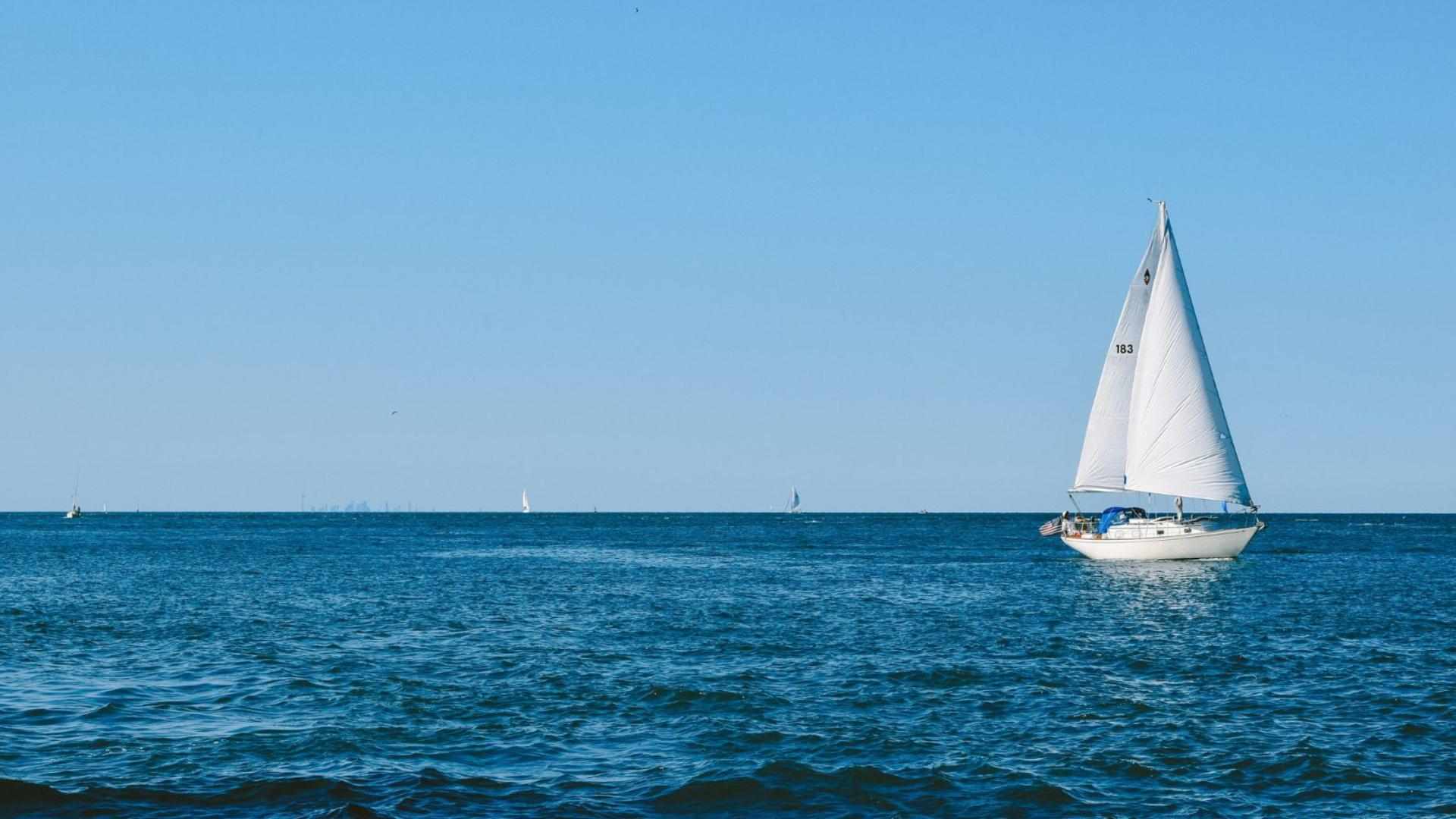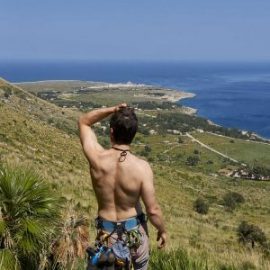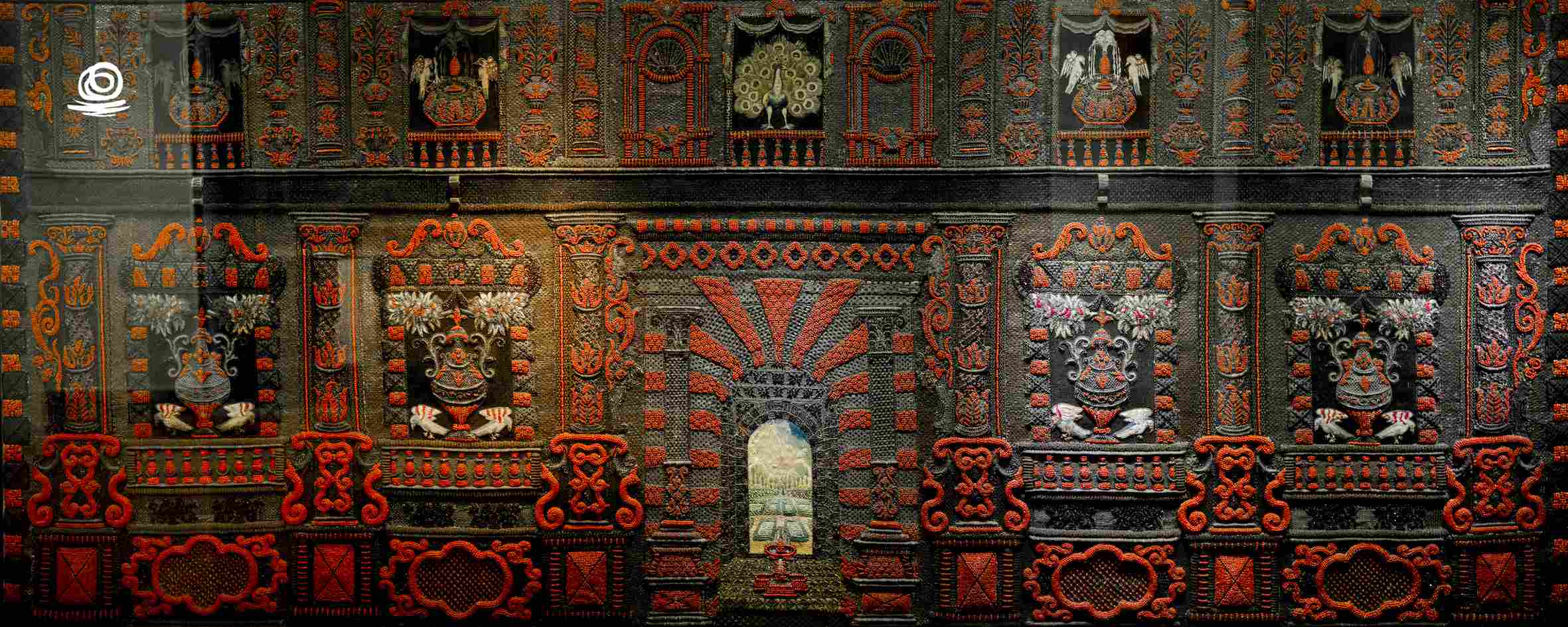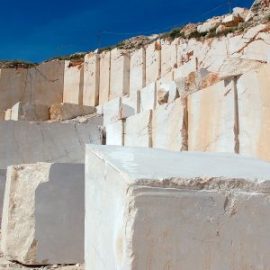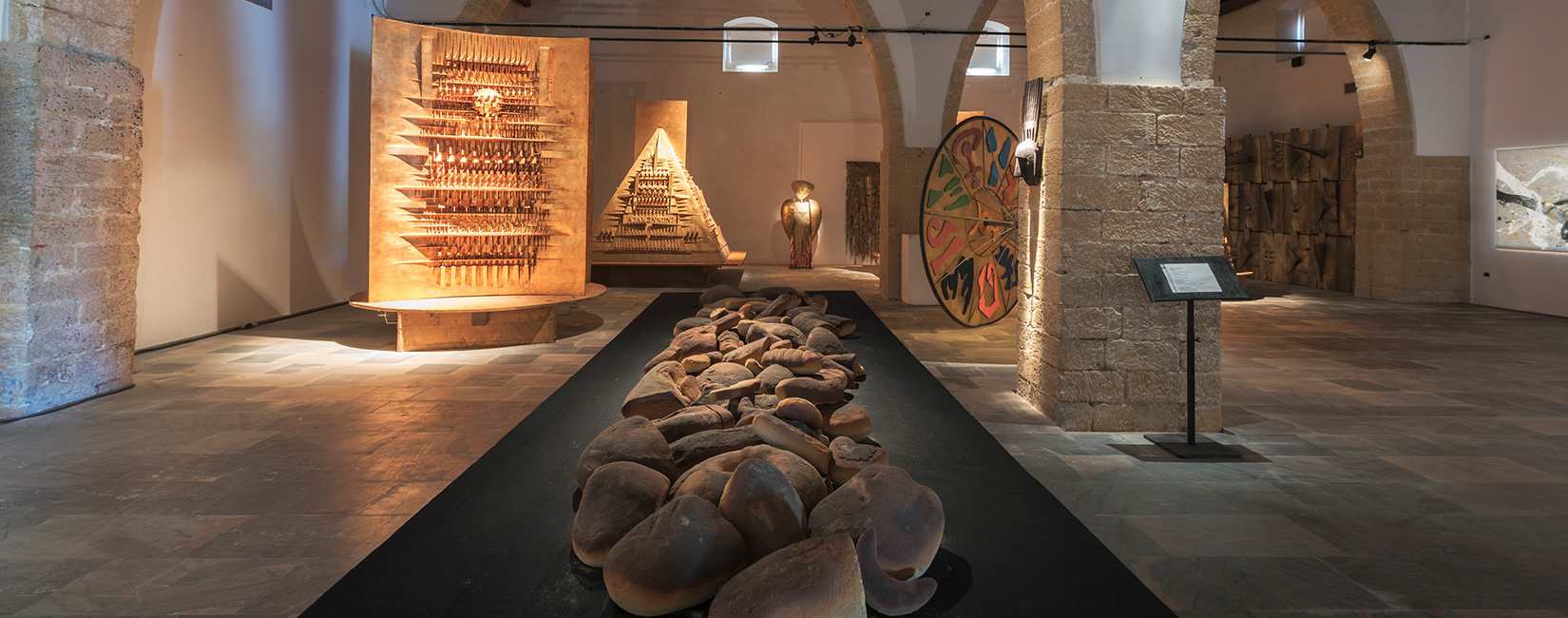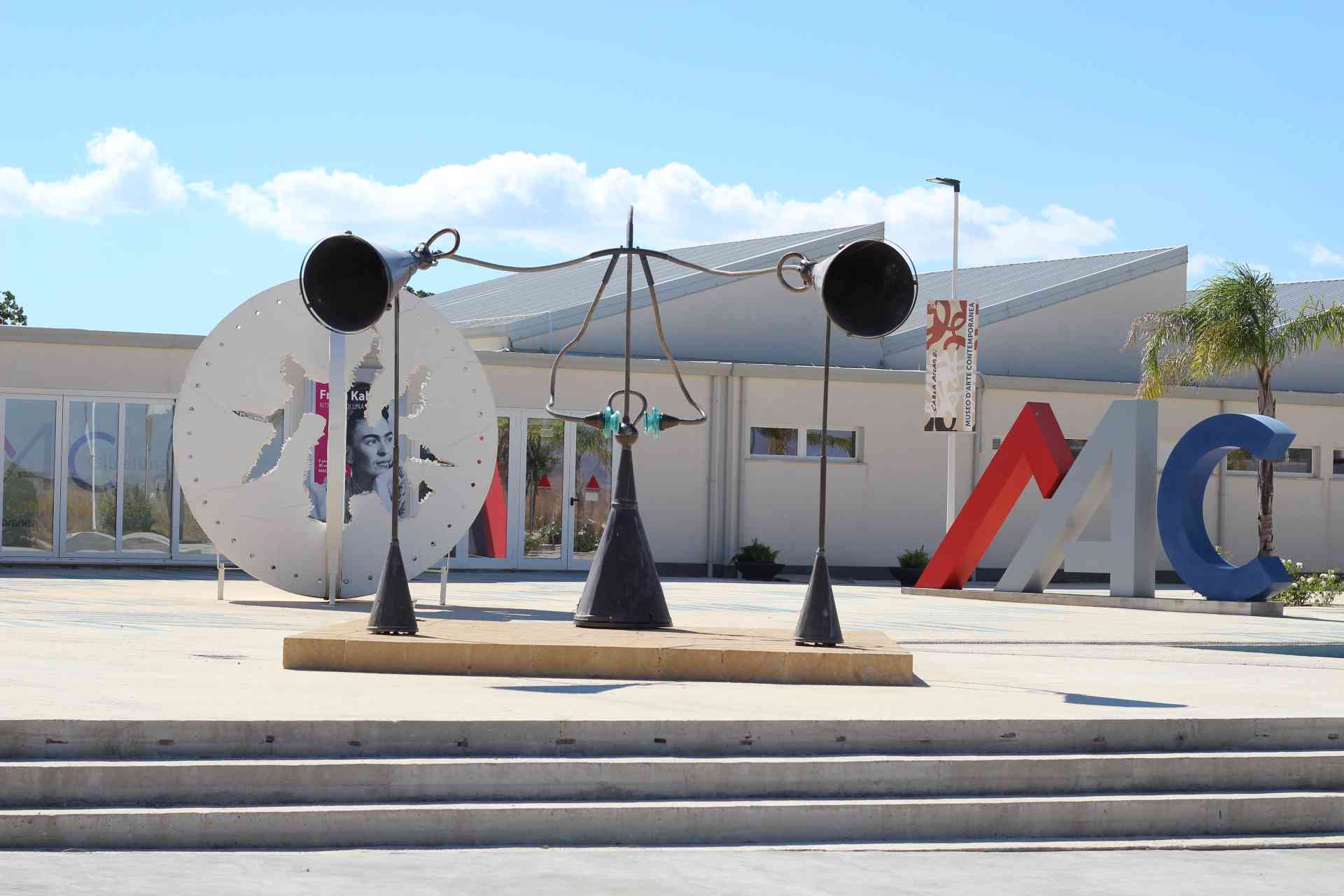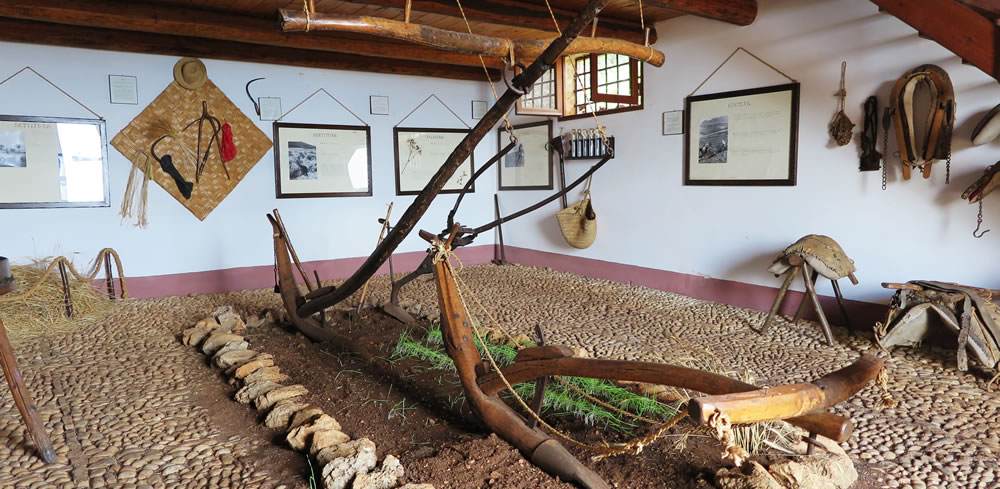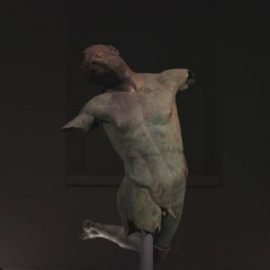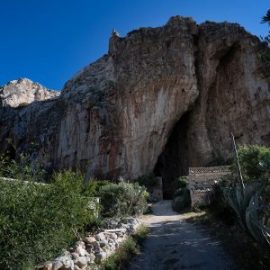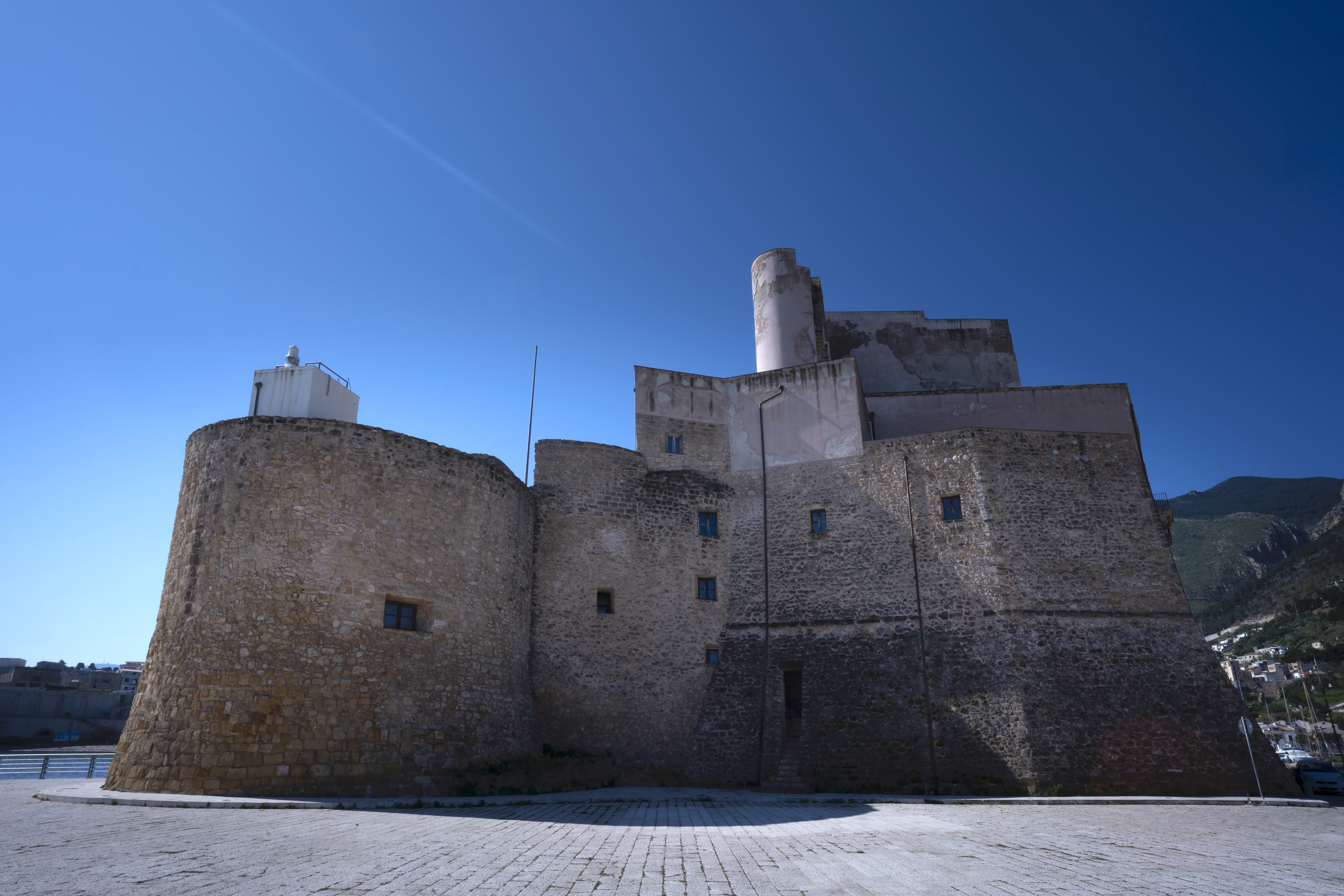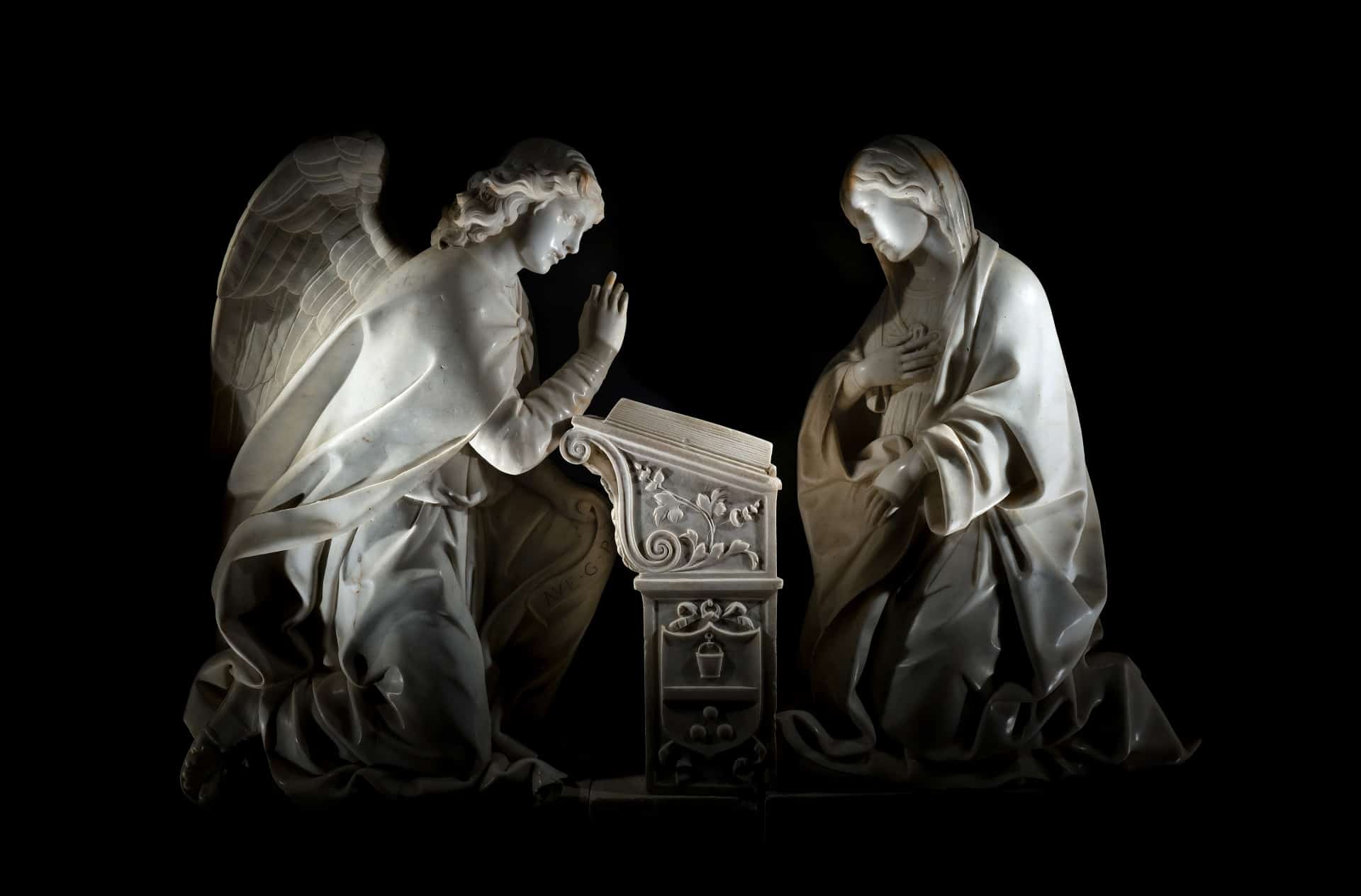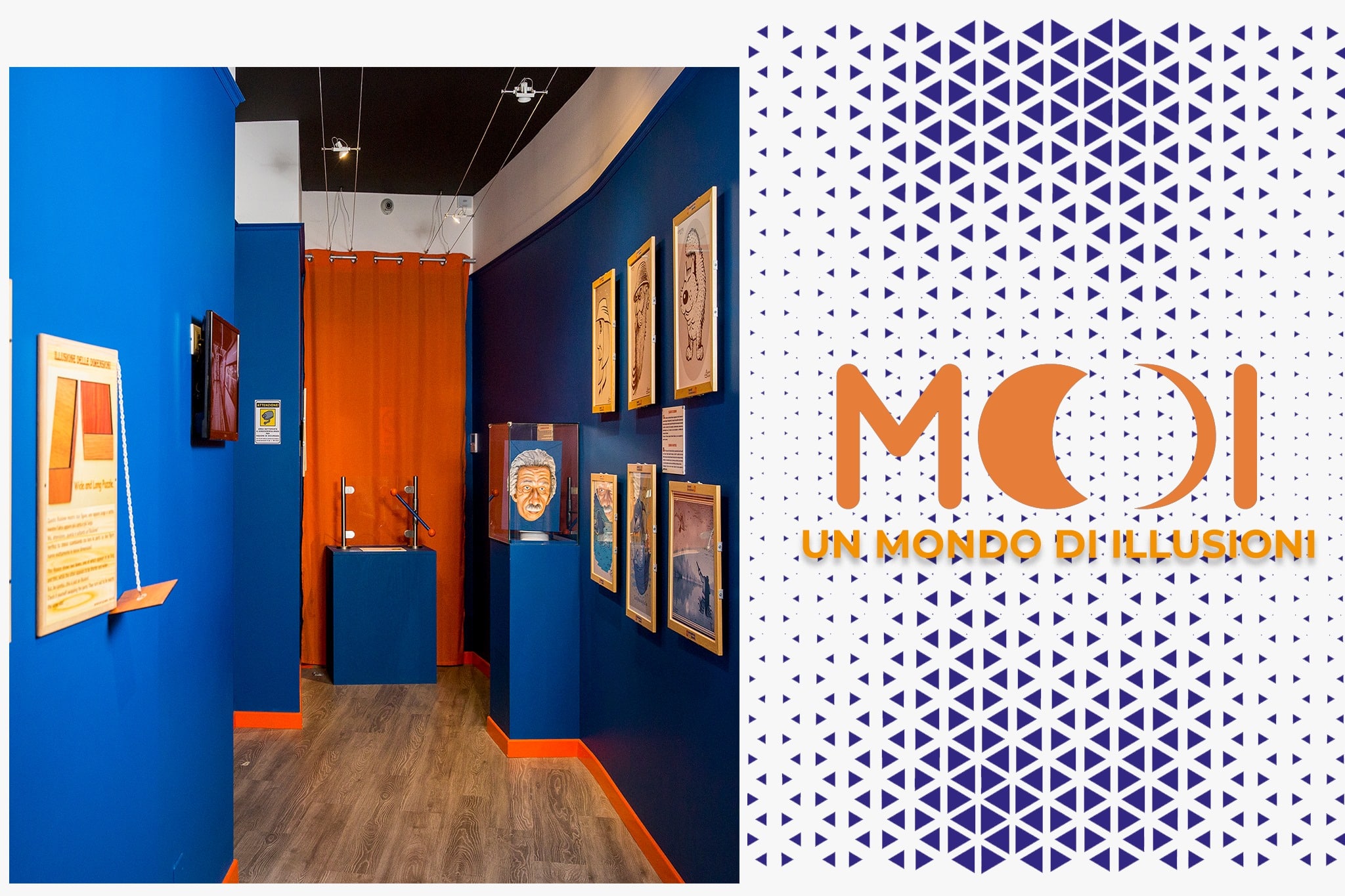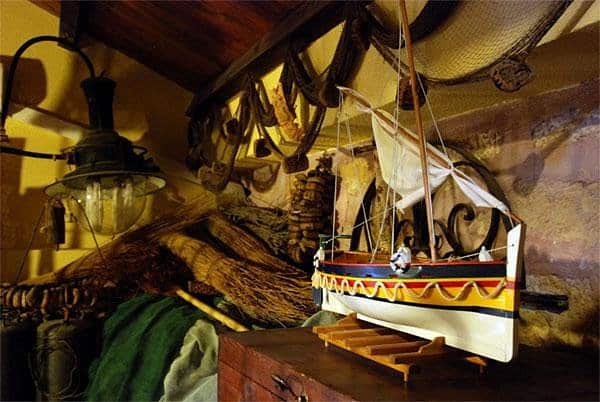Museums Complex of Salemi
The thousand treasures of Salemi in a single pole
The fascinating village of Salemi is full of museums, many of which are gathered within the Museums Complex, carefully preserving its precious historical and artistic heritage.
The Museums Complex is located within a former Jesuit College, founded in 1628 and constructed from 1652 for the public benefit and the teaching of virtue. The circuit comprises five different civic museums, divided into categories and designed to embark on a journey through the centuries of history and tradition: from sacred art to archaeology, from the Risorgimento to popular traditions, and even delving into civic interests with workshops on legality and the mafia museum.
Let’s take a closer look at the museums that are part of the Museums Complex of Salemi:
1. Museum of Sacred Art
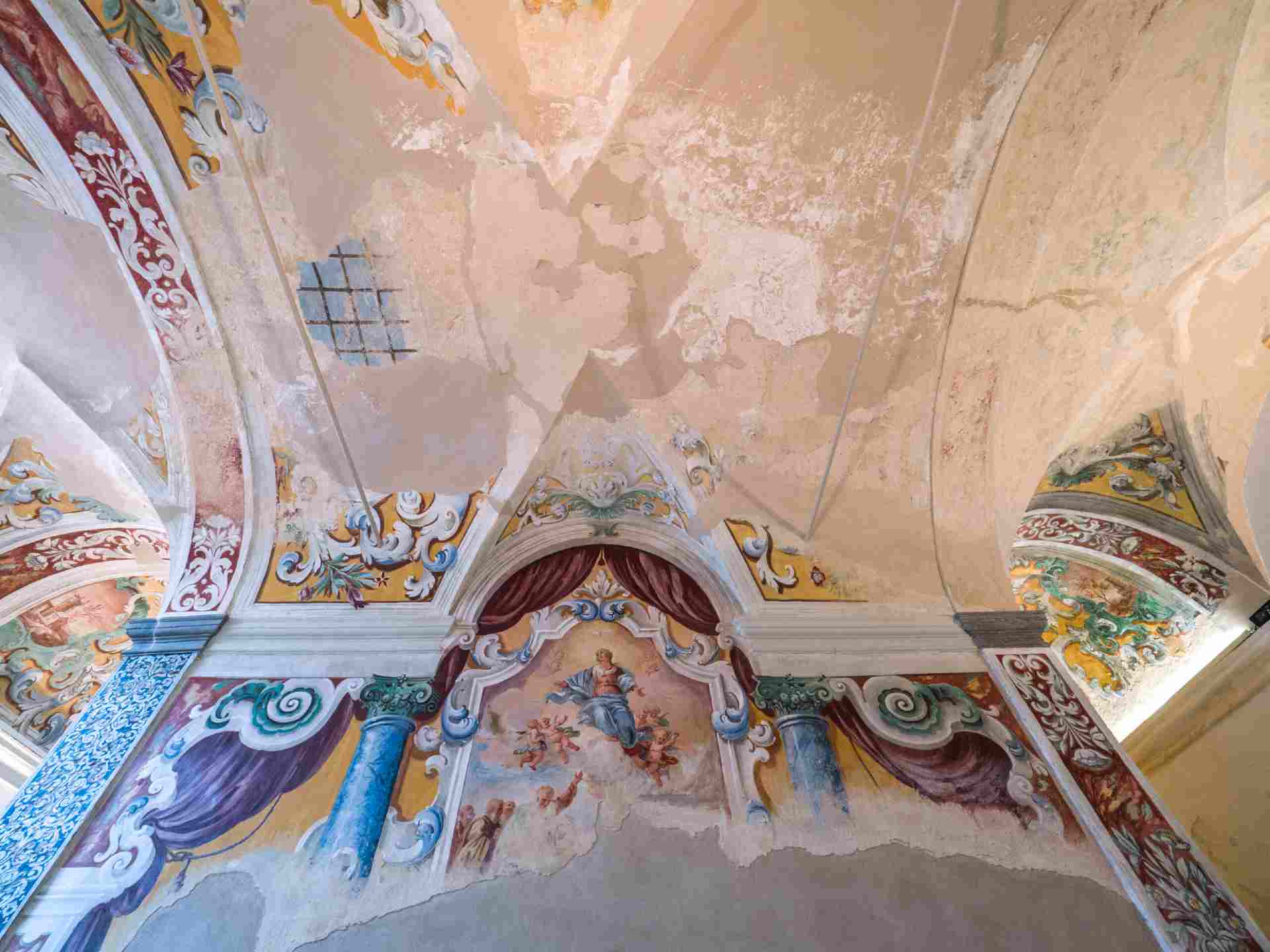
It is located on the ground floor of the former Collegio dei Gesuiti and houses all the treasures that were once kept in the churches of Salemi before the devastating earthquake of the Belice. After their recovery, in 1982, the Episcopal Curia of Mazara del Vallo and the Municipality of Salemi decided that these works should be preserved in the municipal museum of the village. Subsequently, as part of a general museum reorganization, it was renamed the Museum of Sacred Art.
Among the valuable artifacts, restored and returned to their original beauty, there are wooden or marble sculptures, sacred furnishings, votive statuettes, and paintings ranging from classical to modern art, including the Renaissance and Baroque periods.
In 2007, the museum underwent renovation and modernization, further expanding its collection of prestigious cultural assets.
For more information, visit the website.
Museo dell’Arte Sacra
2. Archaeological Museum
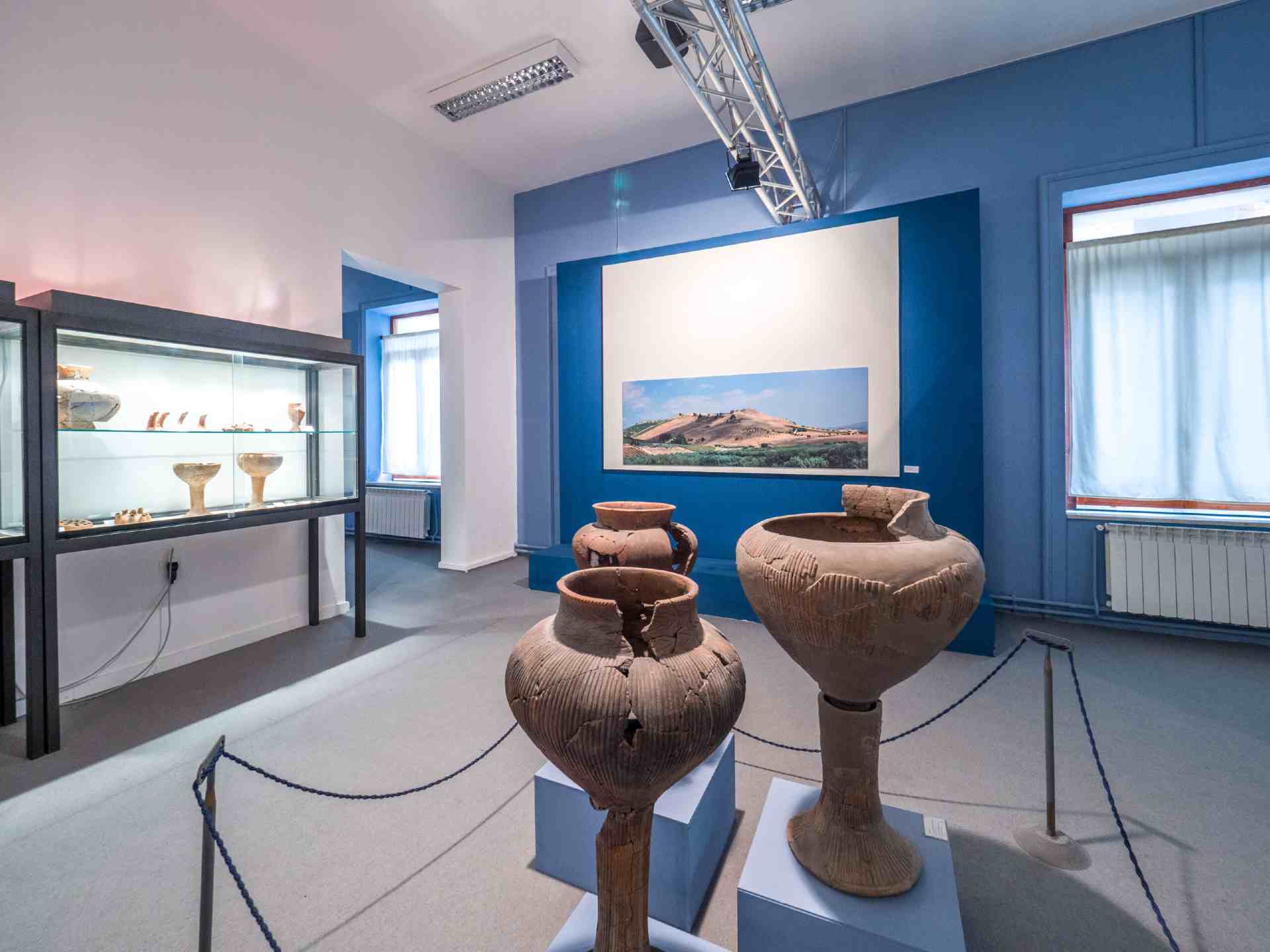
The Archaeological Museum, established in 2005, was inaugurated with an exhibition that showcased the ten years of excavations in the Salemi area from 1995 to 2005. Through this laborious work, ancient and valuable objects were discovered, including jewelry and amphorae, which are still on display in the renovated rooms since 2011.
Visitors become active participants in a journey that takes them from prehistory to the Middle Ages through five rooms, where the artifacts found during excavations following the Belice earthquake of 1968 in the areas of Mokarta, Monte Polizio, San Miceli, Contrada Pitrazzi, and the historic center are preserved. Furthermore, in collaboration with foreign universities from Sweden, Norway, and the United States, the Superintendence for Cultural Heritage of Trapani has also brought to light other findings from the ancient Norman castle of Salemi.
For further information, please visit the website of the Archaeological Museum.
Museo dell’Archeologia
3. The Museum of Italian Unification or the Risorgimento Museum
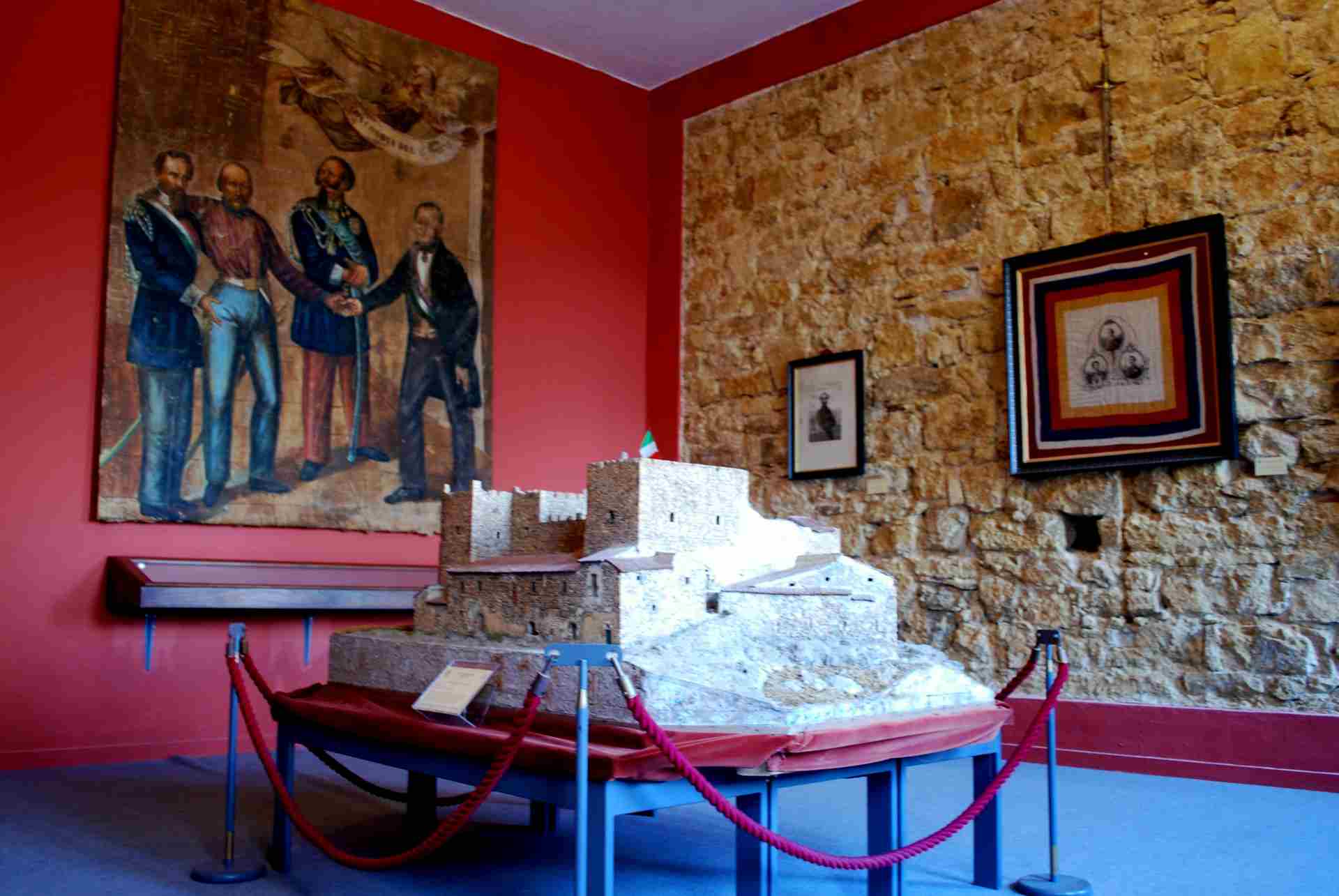
The Museum of the Risorgimento traces the stages that led to the Unification of Italy and the monarchy of Vittorio Emanuele II, starting from the uprisings of 1848.
Established on the centenary of Garibaldi’s arrival, the museum is primarily a tribute to the “Mille” (Thousand) and their brave leader, as well as a demonstration of Salemi’s significant role in the fight against the Bourbons. It should not be forgotten that Salemi was proclaimed the First Capital of the Kingdom of Italy, even before Turin, although its authoritative role lasted only for a glorious single day.
Divided into two sections, one related to the uprisings of 1848 and the other to 1860, the permanent exhibition houses various historical and documentary artifacts, including letters, photographs, and weapons of war, bearing witness to an important era not only for Sicily but for all of Italy.
In addition to bayonets, rifles, and other war artifacts, the museum also preserves paintings by the “decurioni” who unanimously signed a petition requesting Giuseppe Garibaldi to take dictatorship of the country, following his demonstrated commitment, especially towards Sicily.
For more information, please visit the website of the Risorgimento Museum.
Museo del Risorgimento
4. The “Pietra Campanedda” museum
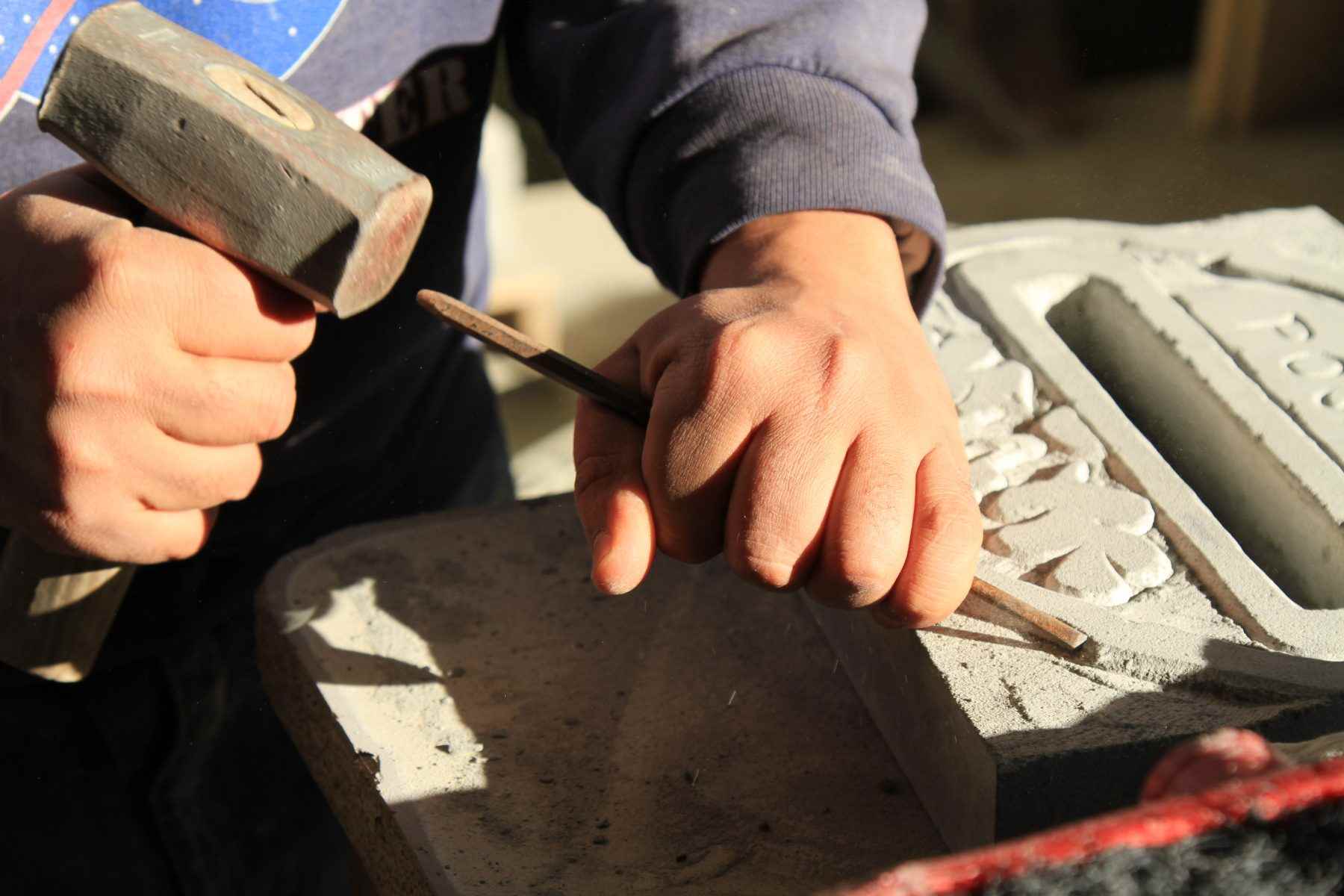
The “Pietra Campanedda” is a typical stone from Salemi, unique in the world, to the extent that it has been included in the UNESCO Register of Intangible Cultural Heritage.
Its distinctive name derives from the sweet and ancient sound that the stone emits when freshly struck by a chisel, resembling that of a small bell.
Extracted until the 1950s from the quarries in the Pizzoluongo area, it is a highly versatile stone in terms of craftsmanship, but above all, it possesses great mechanical resistance to compression and the passage of time. These qualities of malleability and resilience made it the preferred material for constructing the ancient buildings in Salemi’s historic center.
Its distinctive yellow color makes it unmistakable amidst the narrow streets of the village. In the past, it was the work of local craftsmen to creatively work the stone, enriching the facades of churches and palaces with the essence of ancient Salemi, which still survives in the present day.
However, the great and ancestral artisanal tradition linked to this precious stone is at risk of being lost. Paying homage to it today are the Scalisi artisans, heirs to a passion that has tied families to the sweet sound of the Salemi bell.
Inside the Polo Museale, it is possible to admire collections dedicated to this stone.
5. Mafia Museum
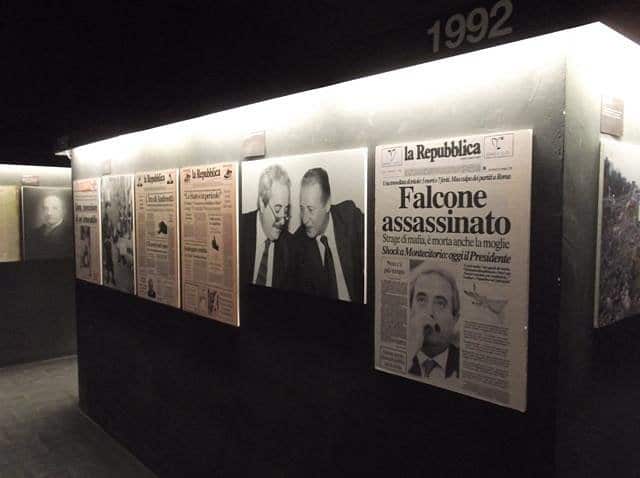
The Mafia Museum was inaugurated on the occasion of the 150th anniversary of the Unification of Italy, a period that also witnessed the rise of that painful black stain in Italian history: the Mafia.
Divided into ten voting booths, the permanent exhibition preserves all the Mafia activities related to Cosa Nostra: the role of the family, politics, the relationship with religion, the intimidations involved in energy and water management, as well as the terrible massacres and the prison system.
In the tunnel dedicated to “Palermo felicissima” (Palermo the happiest), the various stages of a large-scale building abuse are displayed, culminating in the vision of a mummified corpse, reproduced by the artist Cesare Inzerillo. Meanwhile, on either side, silent yet fiery photographs confront each other—those of Palermo destroyed by the presence of the Mafia and those of a utopian city, one that could have become one of the most flourishing centers in the world.
Next, visitors enter the labyrinth, where the history of Cosa Nostra is chronologically preserved through the reconstruction of the most significant newspaper articles from that dark period. Then, they enter the room of wind turbines, a reminder of the landscapes devastated by this means at the hands of the Mafia. In this room, a grassy floor flows over a screen projecting the rustling sound of the turbine blades in contact with the wind, creating a spatial continuum that evokes nature.
Following that, a mural tells the stories of the victims of the Sicilian criminal organization, demonstrating that for some of them, the fight is not yet over.
Finally, before concluding the tour, visitors can watch documentaries and interviews on the subject.
For more information, please visit the website.
Museo della Mafia
Opening Hours:
Museum of Sacred Art
Da Martedì a Domenica
11:00 – 13:30
14:30 – 19:00
Archaeological Museum
Da Martedì a Domenica
11:00 – 13:30
14:30 – 19:00
The Museum of Italian Unification or the Risorgimento Museum
Da Martedì a Domenica
11:00 – 13:30
14:30 – 19:00
The “Pietra Campanedda” museum
Da Martedì a Domenica
11:00 – 13:30
14:30 – 19:00
Mafia Museum
Da Martedì a Domenica
11:00 – 13:30
14:30 – 19:00
Accomodation
Other ideas for your trip
- Nearby
- Not to be missed
- Museums



